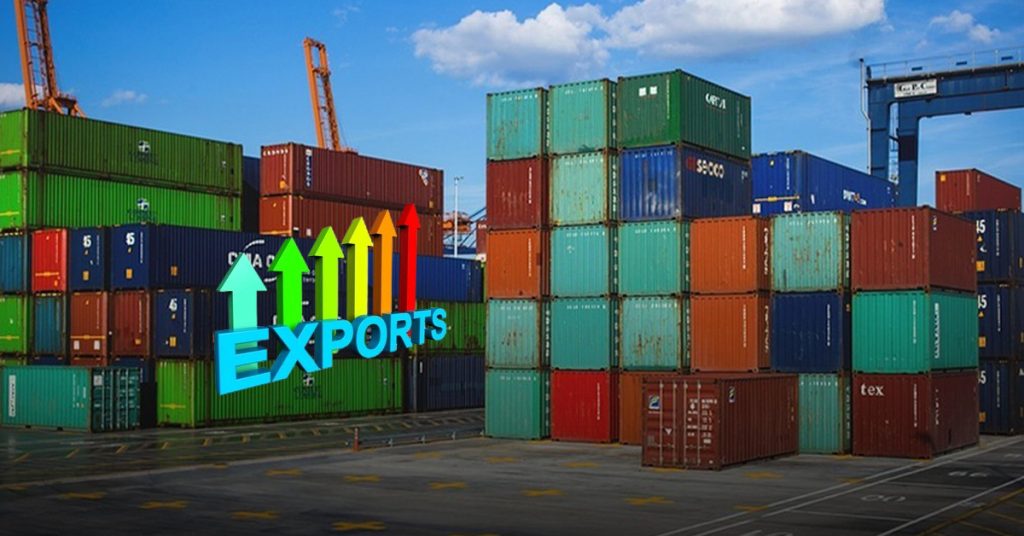Pakistan’s Exports Rise by 9.57% in FY2024-25 First Four Months
Pakistan’s export sector showed promising growth during the first four months of the fiscal year 2024-25, reflecting a positive trend in the country’s trade performance. According to the Pakistan Bureau of Statistics (PBS), the exports during July–October 2024 totaled Rs3,029 billion, marking a 9.57% increase compared to Rs2,765 billion in the corresponding period of the previous year. This notable rise indicates resilience and potential in key export sectors despite economic challenges.
Month-on-Month and Year-on-Year Export Growth
On a year-on-year basis, exports in October 2024 witnessed an increase of 9.91%, reaching Rs789 billion compared to Rs754 billion in October 2023. On a month-on-month comparison, exports grew by 4.97% in October 2024 compared to Rs752 billion recorded in September 2024. The steady growth highlights the robust demand for Pakistani goods in the international market.
Top Export Commodities Driving Growth
The export surge was led by key commodities, showcasing Pakistan’s strength in textiles and agriculture. The top-performing categories in October 2024 included:
- Knitwear: Rs136 billion
- Readymade Garments: Rs101 billion
- Rice (Others): Rs82 billion
- Bed Wear: Rs76 billion
- Cotton Cloth: Rs43 billion
Other notable export items were towels, oil seeds, basmati rice, made-up articles, and cotton yarn. Knitwear and readymade garments, in particular, highlighted the textile sector’s significant contribution to the country’s export portfolio.
Imports: A Modest Rise and Decline in October
While exports saw considerable growth, imports during July–October 2024 increased modestly by 2.23%, totaling Rs4,999 billion compared to Rs4,891 billion in the same period last year. However, October 2024 imports amounted to Rs1,275 billion, representing a decline of 1.59% from September 2024 and 6.49% from October 2023.
The leading import commodities included petroleum products (Rs111 billion), petroleum crude (Rs85 billion), liquefied natural gas (Rs77 billion), and palm oil (Rs77 billion). Other significant imports included plastic materials, iron and steel, and mobile phones.
The Trade Balance and Economic Implications
Despite the increase in exports, Pakistan continues to face challenges with its trade balance, as imports remain substantially higher than exports. However, the 9.57% growth in exports is a promising sign, indicating that focused efforts to boost key sectors like textiles, agriculture, and manufacturing can help narrow the trade gap.
The government’s policies to support export-oriented industries, coupled with favorable international demand, can further drive growth. Diversifying the export base and improving competitiveness will be crucial for sustaining this momentum.


